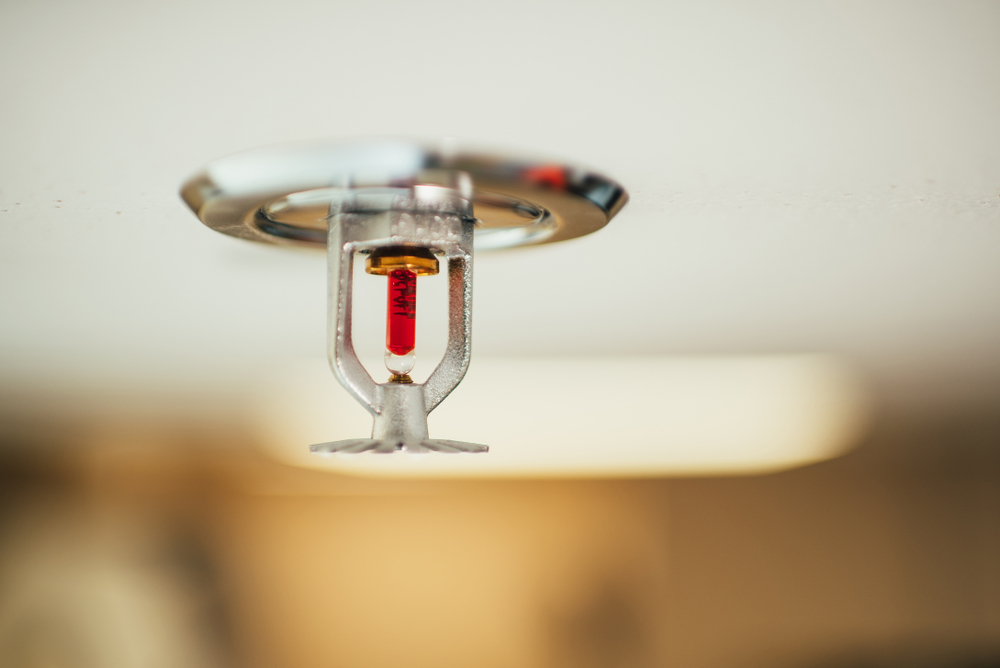When it comes to optimizing safety, technology is an important feature, and we wouldn’t be where we are without it. Technology can have somewhat of a bad reputation for some of the ways it has impacted our society, but its positive influences can’t go unnoticed. Technology has enabled us to achieve things that we would have never thought possible in every aspect of existence, but this is particularly impressive when it comes to safety procedures. After all, one of the most valuable things we can do as a society is move towards everyone feeling safe and more secure.
Gas Detectors
One of the top safety technologies is gas detectors, which are powered by intrinsically safe batteries. Gas detectors are found in domestic and corporate environments alike, as the need to know of the presence of gas is more important than ever. One of the most common gas detectors in the home is a carbon monoxide detector. Carbon monoxide is odorless, meaning the only way to detect its presence is via a carbon monoxide detector. Despite being odorless, the gas is far from harmless, making the detection of such absolutely essential.
Smoke Detectors
As well as gas detectors, smoke detectors are incredibly important. As a result, it’s a legal requirement for every building to have a working smoke detector, whether it be in a residential or commercial setting. Almost every homeowner is likely to have set off their smoke detector from simply cooking on the stove. Similarly, whether you’re in a school or work environment, you’ve likely done fire drills wherein the alarm sounds, and you must evacuate the building. When you don’t need a smoke detector, it can feel like an annoyance; however, it’s an essential piece of technology for saving lives.

Back-up Emergency Lighting
Back-up emergency lighting isn’t commonplace in households; however, in large warehouses and other corporate environments, this technology comes into play. Should a building be stripped of its lighting, the back-up emergency lighting will kick in and light the space. This allows people to see where they are and where they’re going. Meanwhile, it also helps signpost exits should individuals need to evacuate the premises. This is most often employed in the likes of warehouses, as these spaces often lack natural light, meaning people are reliant on lights to see.
Ceiling Sprinklers
Again, ceiling sprinklers aren’t commonplace in households; however, they are often found in working environments. When a room reaches a certain temperature, ceiling sprinklers will be activated to extinguish a fire. At this point, all people should have already evacuated the building, so ceiling sprinklers work to reduce fire damage as much as possible. Ultimately, ceiling sprinklers are designed to protect infrastructure, furniture, and equipment rather than people, but they’re still an important measure. After all, they prevent fire from spreading and becoming more of a hazard than it already is.
Automatic Door Locking
Last but not least, automatic door locking is another advancement in technology that helps guarantee safety. For instance, this will often come into effect if the building is placed under threat; if the doors automatically lock, this means that no unauthorized personnel will be able to enter the space. Another reason this may come into play is if outside poses a hazard; this means that no one will be able to enter into any situation that puts them in danger. It’s just about assessing the instances in which automatic door locking would be a help rather than a hindrance.
Is there any technology you find particularly impressive when it comes to improving safety? It’s safe to say these advancements are set to progress further.

